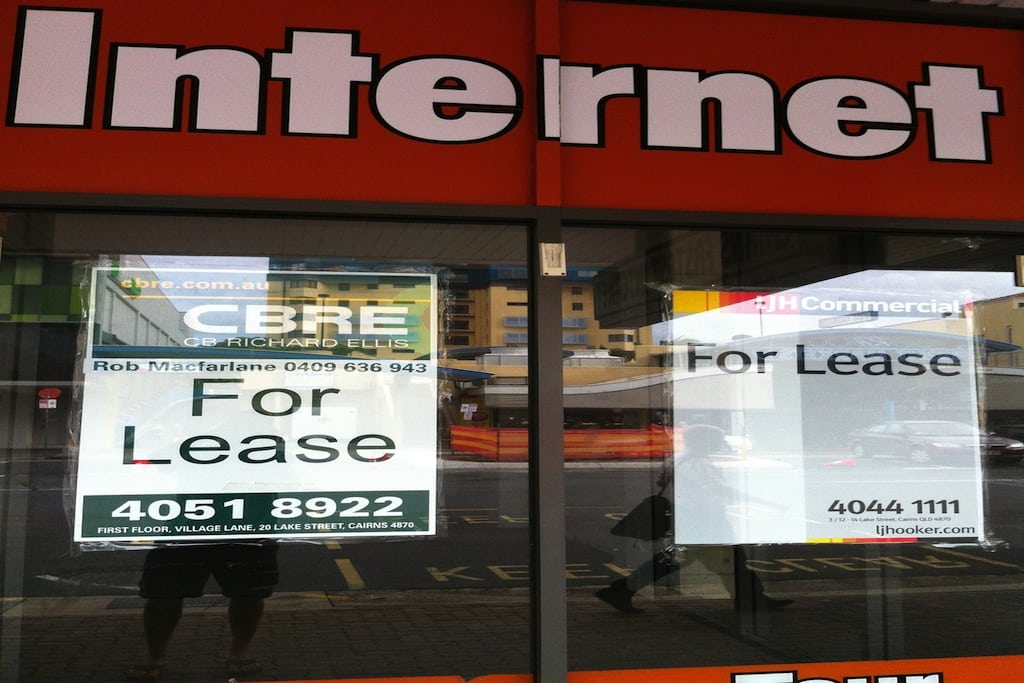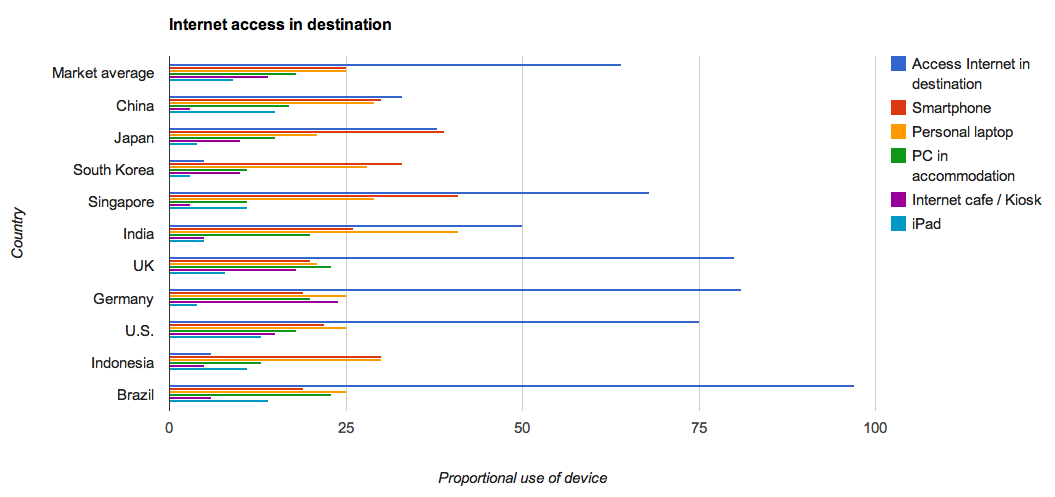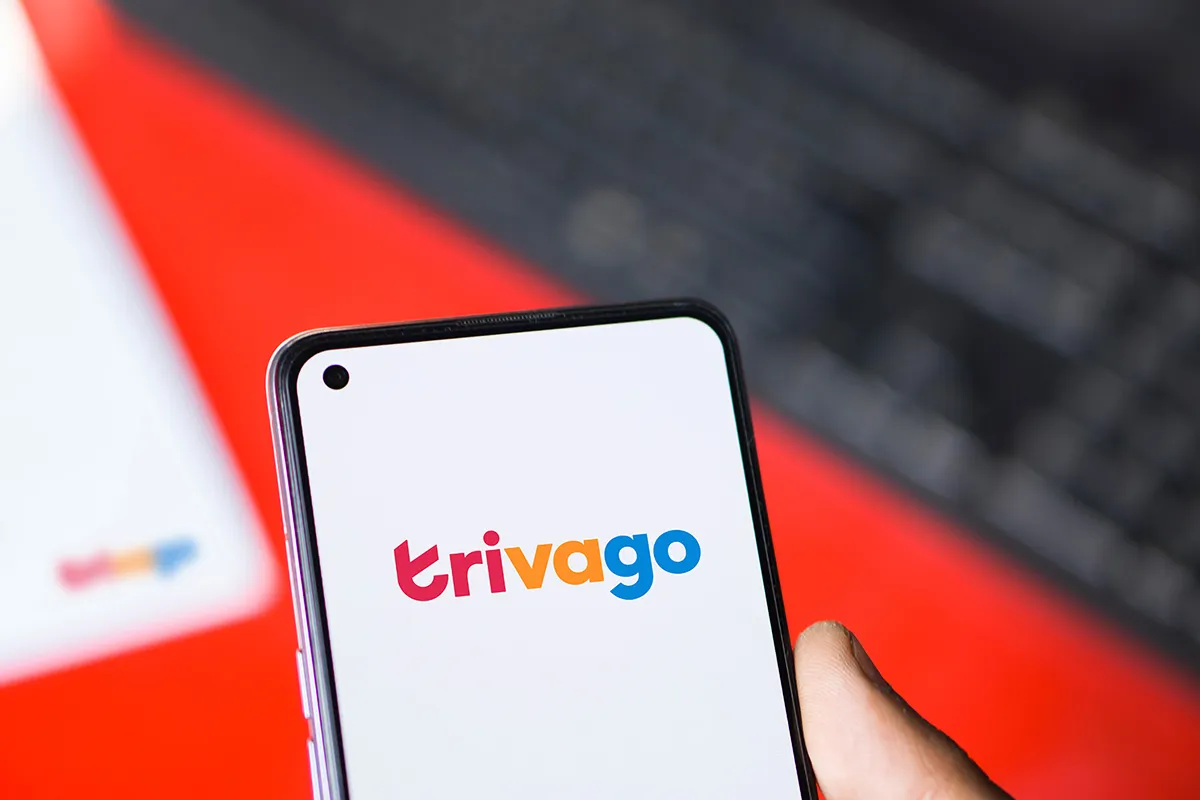How travelers from ten countries access the Internet from the road

Skift Take
It won't be long before Internet cafes and lobby PCs become a relic of the past.
A recent report by Tourism Australia found smartphones and personal laptops to be the devices most commonly used by visitors to access Internet while in Australia. Based on the March quarter of 2012, 25 percent of travelers accessed Internet via smartphones and 25 percent signed in via laptops.
It's no secret that mobile is the future of travel and this reports only adds to the evidence with mobile devices serving as the predominant Internet connection for travelers from at least nine different countries. The findings; however, can not be applied to every tourism market given the availability of Wi-Fi in Australia in comparison to less developed destinations.
Other interesting findings from the report are below:
- Asian travelers were more likely to use the Internet on a smartphone than travelers from Western nations who tended to use personal laptops. This is likely due to such populations, like the Chinese and South Koreans, skipping PC engagement at home and turning directly to mobile devices to access online content.
- Chinese travelers report one of the lowest levels of Internet access while in a destination. The report suggests this is due to high levels of pre-destination research and pre-booking, as well as the popularity of organized tours.
- Anecdotal evidence for India and the UK suggests a high level of bookings while in a destination, especially among independent travelers.
- PC in accommodation is the most commonly used form of Internet access among UK travelers likely due to the significant proportion of backpackers from the UK traveling through Australia.
Appendix D of the follow report looks at how travelers in ten different countries use the Internet during the five stages of travel:
[gview file="http://www.tourism.australia.com/Distribution_Final_Fullreport.pdf"]





